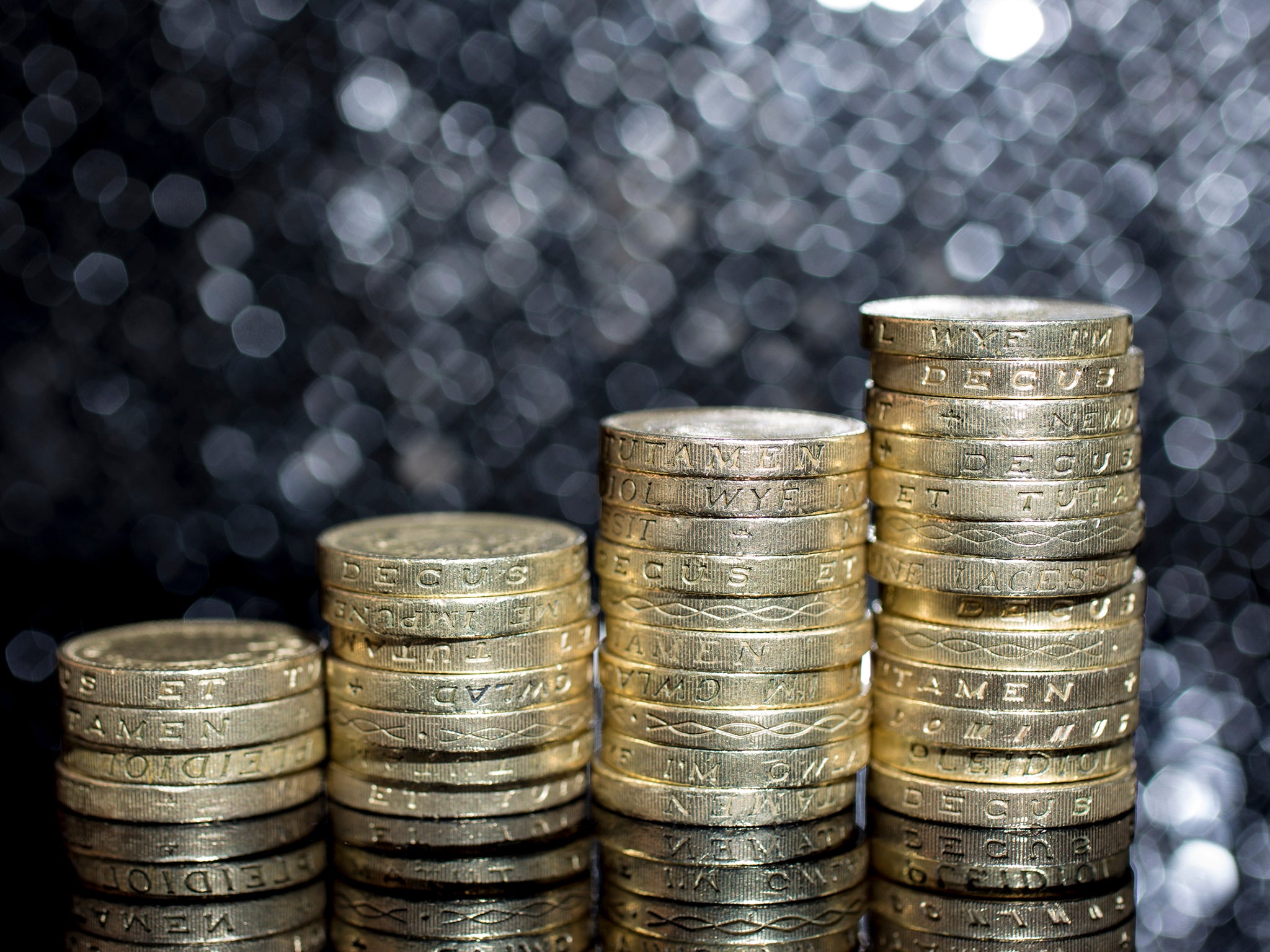This is how you could make 1000% profit on your old £1 coins
The 2014 Flax £1 design in mint condition could earn sellers up to £34 on Ebay

Your support helps us to tell the story
From reproductive rights to climate change to Big Tech, The Independent is on the ground when the story is developing. Whether it's investigating the financials of Elon Musk's pro-Trump PAC or producing our latest documentary, 'The A Word', which shines a light on the American women fighting for reproductive rights, we know how important it is to parse out the facts from the messaging.
At such a critical moment in US history, we need reporters on the ground. Your donation allows us to keep sending journalists to speak to both sides of the story.
The Independent is trusted by Americans across the entire political spectrum. And unlike many other quality news outlets, we choose not to lock Americans out of our reporting and analysis with paywalls. We believe quality journalism should be available to everyone, paid for by those who can afford it.
Your support makes all the difference.Traditional £1 coins are due to be phased out by the end of the year, but yours could be far from worthless.
It’s time to dig under the sofa cushions and empty out your pockets, with collectors ready to pay far higher than face value if you can find certain £1 styles while rummaging around for your spare change.
A list of the most valuable traditional £1 coins has been released by experts at money specialist website ChangeChecker.
The 2014 Flax design as a boxed coin in mint condition, could earn sellers up to £34 on Ebay, according to The Metro.
The most rare design is the traditional 2011 Edinburgh, valued at £5 but worth up to £30 depending on the condition. The 2010 London £1 coin design similarly sells for £5 but can fetch up to £30 online.
The 2010 Belfast, eighth rarest of the 24 £1 coin designs in circulation, currently sells for up to £30 online. By contrast, the 2008 version of the more common Royal Arms £1 coin is worth up to £15 online, according to The Metro.
The £1 coin was first introduced in 1983, with 2.2 billion circulated since, according to Change Checker.
Shopkeepers across the UK will no longer be accepting the traditional £1 coins from 15 October.
The new 12-sided replacements will feature national floral emblems of the UK’s four countries emerging from a coronet. More than a billion of the new £1 coins are due to be in circulation by 28 March.
The designs of the traditional 24 types span from a representation of the Menai Bridge to the Celtic cross with a pimpernel flower. Other depictions include the Egyptian Arch railway bridge and an oak tree with a royal diadem.
With many selling for 30 times their value, it is well worth keeping an eye out for the traditional coin designs if looking to make a quick buck on your spare cash.
Join our commenting forum
Join thought-provoking conversations, follow other Independent readers and see their replies
Comments